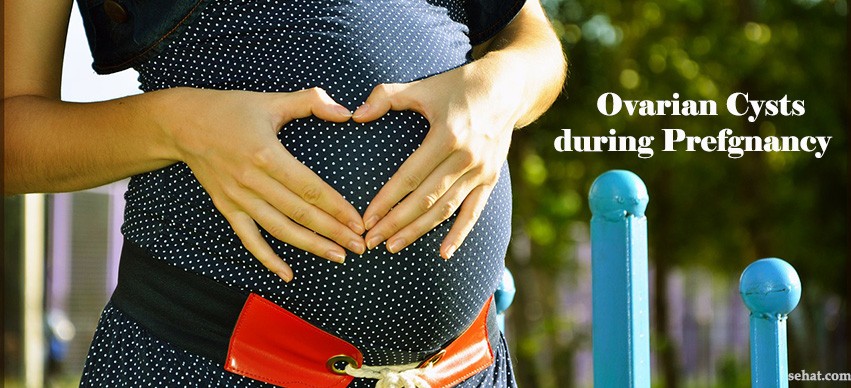Miscarriage In Early Pregnany- Signs, Causes, And Tips To Prevent
6 Min Read


Unlike our earlier generations, getting pregnant is becoming a herculean task for women these days. Owing to their education pressure, job stress, busy home and work schedules and sedentary lifestyles, their reproductive systems are taking a toll. Regular menstrual cycles, egg production, healthy ovaries and uterus are very critical for a woman to get pregnant. The most common problem many of them face is ovarian cysts, which play a key role in conception. Ovarian cysts are not life threatening but they either slow down the process of getting pregnant or totally rule out the chances of conceiving.
Gynaecologists categorize cysts into two types.
Follicular cysts – During each menstrual cycle, the ovaries produce eggs which when fertilized turn into an embryo. Unfertilized eggs usually drop down and degenerate into the uterine blood stream leading to periods. Sometimes, when the egg drops down, a small shell is left behind close to the ovary. This shell gets filled with fluid and causes tummy pain and bloating. This is an ovarian cyst that gets treated only with medication but many-a-times they go away without any intervention.
In some cases where the cysts are extremely large in size, bursting is seen. Unable to hold any more fluid, these sacs burst causing bleeding and terrible tummy cramps. After a couple of weeks, they heal themselves.
If a woman conceives while there’s such a cyst close to the ovaries, it is of no concern. Since the egg has been fertilized anyway, treating the cyst will help.
Poly cystic ovarian syndrome (PCOD) – Women who are obese or severely underweight usually suffer from polycystic ovarian syndrome that interferes highly with conception. Irregular or totally absent menstrual cycles and an overactive thyroid gland are seen in women with this disorder. Getting pregnant with PCOD is extremely difficult and the chances are bleak.
Obesity is the main reason behind PCOD. Women who bear more body weight suffer from hormonal imbalances, acne, facial hair, diabetes and mood swings. Though medication helps to an extent it cannot completely cure polycystic ovarian syndrome. Lifestyle changes and the usage of birth control pills can regulate menstrual cycles but cannot help in conception.
In a few cases, women develop cysts in their uterus after getting pregnant. This is too isn’t dangerous and in no way causes harm to the fetus. They slowly degenerate and disappear in a few weeks. When the gynaecologist spots larger cysts, deeper diagnosis is done and sometimes surgeries are performed to remove the cysts. Laparoscopy or an ovarian drilling is done for cyst removal.
If you have been diagnosed with ovarian cysts and if you are trying to get pregnant, here are a few tips Gynaecologists suggest.